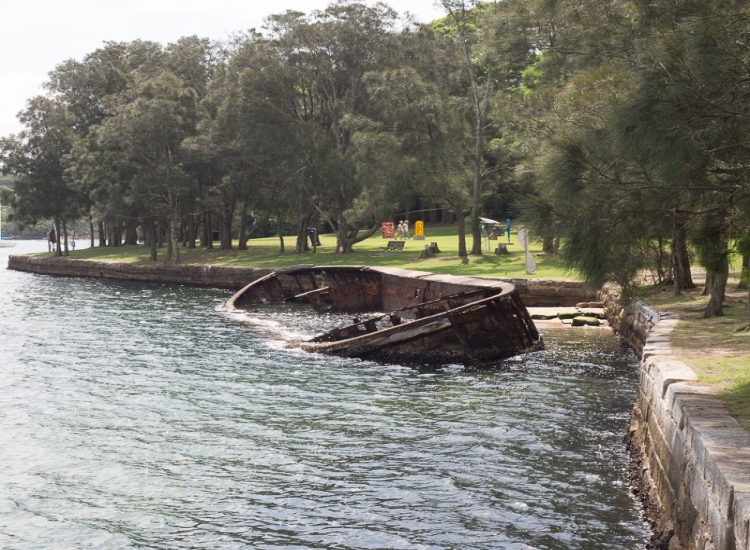
“Community engagement helps communities shape their own futures and informs the vision and direction of council.” - Office of Local Government
What is the Community Engagement Strategy?
The Community Engagement Strategy (CES) outlines how we engage with our community when developing plans, policies, programs, and key activities. It sets clear guidelines for how, when, and with who we engage, ensuring that every step of the process is transparent and accountable.
The 2025–2029 CES replaces the Community Engagement Protocol from 2019, in line with requirements from the Office of Local Government.
The CES also includes our Community Participation Plan (CPP), which outlines engagement processes for planning matters under the Environmental Planning and Assessment Act 1979.
How we engage
- 1. Assess project impact
We evaluate each project’s potential impact on the community, categorising it as high or low, to allow us to determine the engagement level. High-impact projects may include LGA-wide strategies or major budget changes, whereas lower impact projects may include park upgrades or street works. This step also involves identifying associated risks and opportunities.
- 2. Determine engagement level
We determine the appropriate level of community input required based on the impact identified in Step 1. This ensures that the engagement strategy aligns with the project’s importance and influence, providing a clear and effective pathway for community involvement.
- 3. Develop communications and engagement plan
We create a detailed plan outlining who, when, and how we will engage. This plan ensures clarity, sets expectations, and maintains transparency throughout the engagement process.
- 4. Implement the plan
We execute the engagement plan using tailored methods to actively gather input from the community. This step ensures that participation is in line with the project’s assessed impact and engagement level.
- 5. Analyse feedback
We review and evaluate the collected feedback to identify key themes and insights. This analysis helps guide decision-making by highlighting community concerns and preferences.
- 6. Make the decision
Informed by community input and the project’s impact, we make decisions that reflect the feedback received. This integration of insights ensures that outcomes are aligned with both community needs and project objectives.
- 7. Close the loop
We report back to the community on how their input influenced the final decision. This step includes evaluating the engagement process and identifying areas for improvement, ensuring transparency and demonstrating the value of community participation.
Get engaged

Your Say North Sydney
Our primary online engagement platform, Your Say North Sydney, serves as a central hub for all community engagement activities. This is where you can provide feedback and read the outcomes of Council’s community consultations.

Precinct Committees
Residents across North Sydney run regular community meetings, known as Precinct Committees, to have a voice in local matters.

Legislative Committees
Audit, Risk and Improvement committee (ARIC), North Sydney Local Planning Panel (NSLPP) and Traffic Committee.
Evaluating and measuring success
We evaluate the effectiveness of engagement activities as well as community satisfaction using four key indicators: Principles, Implementation, Reach and Outcomes. We use the insights from this process to continuously improve our engagement practices.
Principles | Implementation |
|
|
Reach | Outcomes |
|
|

